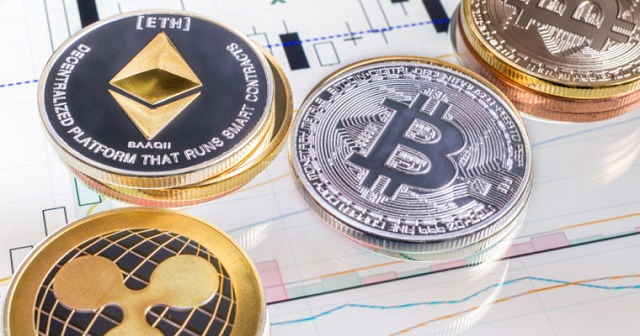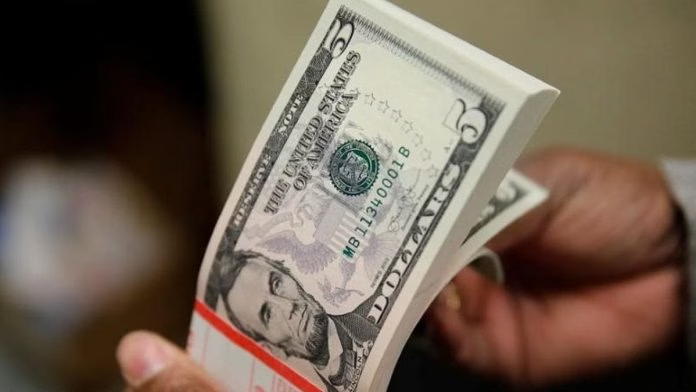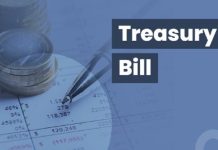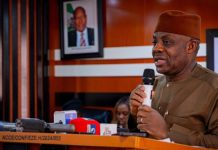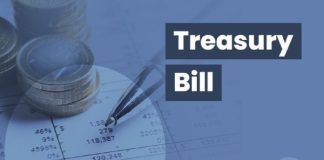The yield on the US 10-year Treasury note fell by six basis points, closing below 4.2% on Monday, trading near its four-week low, as investors sought safe-haven assets amidst recession fears stemming from escalating trade tensions.
Investors have expressed concerns that US President Donald Trump’s tariff threats against trading partners could trigger unintended economic consequences and global inflation.
Key ratings agencies have begun revising global growth outlooks downward, anticipating significant economic distortions as a result of the trade war. Goldman Sachs also indicated that it is lowering its 2025 Q4/Q4 real GDP growth forecast by 0.5 percentage points to 1.0%, 0.7 percentage points below the consensus estimate.
Reflecting this weaker GDP growth forecast, Goldman Sachs is increasing its year-end 2025 unemployment rate forecast by 0.3 percentage points to 4.5%. Concerns over the trade war’s impact on the global economy persist, with new reciprocal tariffs on US imports, including a 25% levy on automobiles, scheduled to take effect this week.
Uncertainty remains regarding the scope of the levies, as President Trump has stated they would apply broadly to all countries, while reports suggest he is urging advisors to adopt a more aggressive trade stance.
Meanwhile, traders are preparing for key economic data releases, including the jobs report and ISM PMIs due this week, which will provide further insight into labor market conditions and private sector performance.
The Treasury yield remains relatively unchanged for March but is down approximately 30 basis points for the quarter. Investors are concerned that tariffs will keep inflation above the Fed’s target and weigh down on economic growth.
The magnitude of the bond-market rally “speaks to the collective unease among market participants,” according to strategists at BMO Capital Markets. Over the weekend, President Donald Trump indicated that he is set to announce reciprocal tariffs on all nations, rather than a smaller group.
The Wall Street Journal also reported that an across-the-board hike of up to 20% was under consideration. The administration has stated that reciprocal tariffs are designed to level the playing field between the US and its trading partners.

